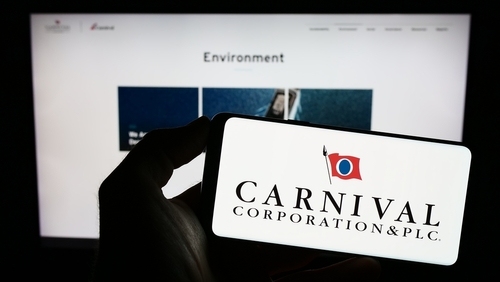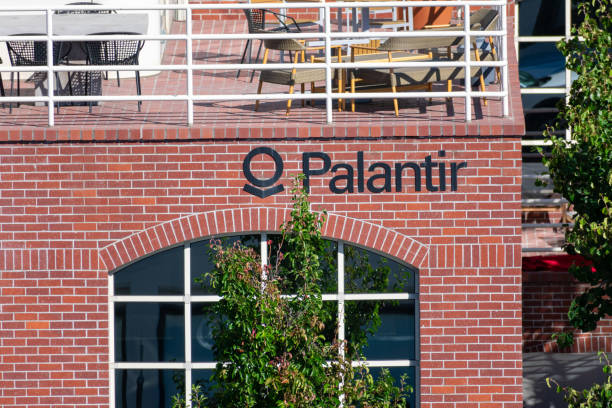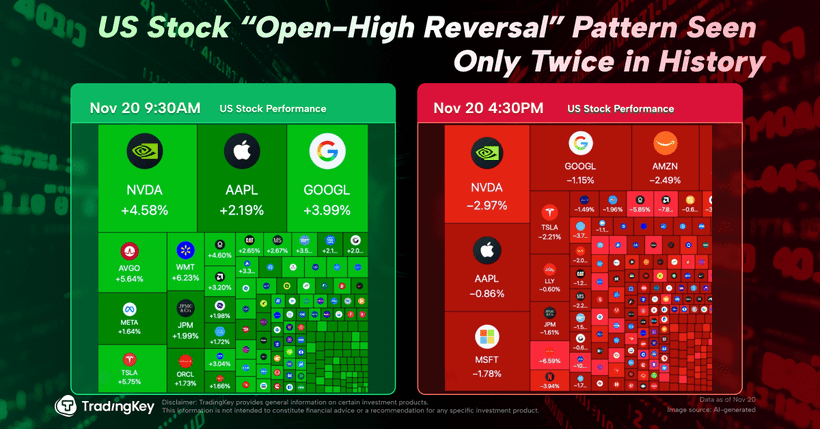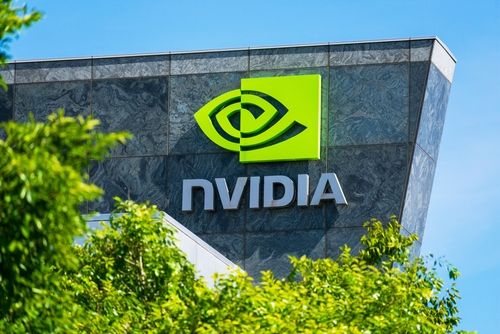Carnival Corporation’s Q3 2025 Record Results: Robust Growth and Strategic Transformation


TradingKey - On September 29, 2025, Carnival Corporation & plc’s third-quarter earnings report marked a pivotal shift from post-pandemic recovery to a new phase of robust organic growth and record profitability. The company’s performance was driven by three key pillars: 1) unprecedented pricing power and strong demand, reflected in record net yields and customer deposits; 2) efficient operations delivering optimized cost management and a milestone return on invested capital; 3) proactive balance sheet strengthening, accelerating progress toward an investment-grade credit rating. Carnival has transitioned from defensive deleveraging to an offensive strategy, leveraging growth catalysts like the “Celebration Key” private destination to drive sustainable high-margin growth, unlocking significant shareholder value and signaling a strategic inflection point.
Financial Highlights
· Revenue: Carnival’s third-quarter revenue reached a record $8.2 billion, surpassing market expectations of $8.07–$8.13 billion, with passenger ticket revenue at $5.43 billion and onboard and other revenue at $2.72 billion. Despite lower capacity than the previous year, revenue hit a new high, highlighting strong pricing power and per-ship profitability. This suggests a structural shift in supply-demand dynamics, with demand outstripping supply, and revenue growth no longer reliant solely on fleet expansion. Per-berth value has significantly increased, indicating a mature growth phase focused on yield maximization, reflecting a higher-quality, more profitable growth model.
· Earnings: Carnival’s profitability hit a record, with GAAP net income of $1.9 billion ($1.33 per share) and adjusted net income of $2 billion ($1.43 per share), exceeding market expectations. The company’s superior operating leverage and pricing power offset high interest costs, achieving a historic high in net income. As debt repayment reduces interest expenses in the future, net income is poised for significant organic growth.
Core Metrics Performance
Profit Margins: Carnival’s third-quarter net yield (constant currency) grew 4.6%, 1.1 percentage points above guidance, driven entirely by same-ship ticket price increases and onboard spending, underscoring robust organic demand and pricing power. Adjusted cruise costs per ALBD (excluding fuel) rose 5.5%, 1.5 percentage points better than guidance, reflecting disciplined cost control that ensures revenue efficiently translates to profit. Adjusted ROIC reached 13%, the highest since 2007, signaling efficient capital utilization and significant economic value creation, bolstering valuation support and marking a leap in operational and profitability efficiency.
Operational Optimization and Debt Transformation: Carnival significantly improved financial health, reducing the net debt-to-adjusted EBITDA ratio from 4.7x to 3.6x through refinancing $4.5 billion in debt, early repayment of $700 million, and redeeming convertible notes, earning a Moody’s credit rating upgrade and positive outlook. Nearly half of 2026 capacity is pre-sold at record prices, locking in high-margin revenue and reducing earnings uncertainty. By moving away from reliance on “close-in bookings” and leveraging strong demand to raise remaining cabin prices, Carnival enhances revenue visibility and stability, laying the foundation for more predictable earnings and higher valuation multiples.
Future Guidance: Carnival raised its 2025 full-year guidance for the third consecutive quarter, projecting adjusted net income growth of 55% (up $235 million from prior guidance), EBITDA of $7.05 billion (up 15%), net yield growth of 5.3%, and ALBD costs up 3.3%. Fourth-quarter net yield is expected to grow 4.3%, with adjusted net income up over 60%, signaling sustained structural improvement. Management’s strategy has shifted from defensive to offensive, with CEO Weinstein emphasizing closing the value gap with land-based vacations and returning capital to shareholders. CFO Bernstein targets a net debt-to-EBITDA ratio below 3x, paving the way for an investment-grade rating, lower financing costs, and increased cash flow for dividends and buybacks, attracting value-oriented investors.
Earnings Analysis
Despite stellar earnings, Carnival’s stock fell due to concerns over dry-dock maintenance costs and the absence of new ship orders, raising fears of slowing growth and reflecting market caution about the cruise industry’s long-term sustainability. However, Carnival excels in the industry recovery, with the “Celebration Key” private destination narrowing the gap with Royal Caribbean and Norwegian Cruise Line in premium experiences, and a forward P/E of 13.64x (versus an industry average of 18.77x) suggests revaluation potential. Declining fuel costs in 2026 (Brent crude projected at $50–$60 per barrel) will boost profitability, though economic slowdown and geopolitical risks warrant caution. Opportunities include margin growth from Celebration Key, loyalty programs driving repeat purchases, and an investment-grade balance sheet unlocking cash flow; risks include cost overruns from dry-dock maintenance and a potential “sell-the-news” reaction.
TradingKey - Fueled by robust consumer demand for cruise travel, Carnival has hit all-time highs in several key metrics, including revenue, yield, and customer deposits. Its stock has performed strongly in 2025, with a year-to-date gain exceeding 20% and a nearly 70% increase over the past 12 months. However, entering the third quarter, the stock entered a consolidation phase, declining 3.6% in the month leading up to the earnings report, while the S&P 500 rose 3.1% over the same period. This may reflect cautious profit-taking by some investors weighing strong demand and successful deleveraging against the projected significant rise in operating costs.
After digesting the positive second-quarter results, the market has become more cautious in assessing growth sustainability. Despite Carnival’s consistently strong operational performance, investors are pricing in factors such as balance sheet health, certainty of long-term growth momentum, and capital expenditure risks. Carnival’s valuation discount compared to its industry peers and competitors may stem from its highest absolute debt levels in the sector and the execution risks and upfront costs associated with its “Celebration Key” private resort project.
As such, the upcoming third-quarter earnings report will be critical in testing Carnival’s ability to manage large-scale project costs while demonstrating future value creation. Strong execution could serve as a key catalyst to narrow the valuation gap.
Key Metrics to Watch
Revenue: The market forecasts Carnival’s third-quarter 2025 revenue to range between $8.07 billion and $8.13 billion, reflecting a year-over-year increase of 2% to 3%. Ticket revenue is expected to be between $5.23 billion and $5.31 billion, while onboard spending and other high-margin revenue are projected to reach $2.53 billion to $2.71 billion. Given the significant growth achieved in Q3 2024, the focus this quarter is on whether Carnival can sustain its record performance rather than the pace of growth.
Earnings Per Share (EPS): The market expects an EPS of $1.31 for the quarter, up approximately 4% year-over-year. It will be critical to determine whether EPS growth is driven by robust revenue increases or influenced by adjustments in expense recognition timing or other non-operational factors.
Booking Deposits: As of the end of Q2, Carnival’s customer deposits reached a record $8.5 billion. For the 2025 fiscal year, 93% of sailings are already booked at historically high prices. More notably, 2026 bookings have matched the high levels of 2025 at the same point, with even higher pricing. Strong consumer demand underpins the company’s optimistic outlook, and confirmation of this trend in Q3 will be key.
Profit Margin: A core focus of this earnings report is the profit margin, which reflects the balance between revenue growth and cost control. The new “Celebration Key” destination is expected to drive higher ticket prices and onboard spending through unique experiences, boosting revenue. However, management has guided for a 7% year-over-year increase in non-fuel unit costs in Q3, above the full-year expectation of 3.6%, driven by startup costs, increased marketing expenses, and reduced capacity. Investors will focus on whether Celebration Key’s high-margin revenue can offset cost pressures to maintain profitability.
Debt: Carnival’s balance sheet has improved significantly, with total debt reduced to $27.3 billion by the end of Q2, and the net debt-to-adjusted EBITDA ratio improved from 4.1x to 3.7x. The company prepaid $350 million in high-interest debt and refinanced other loans at favorable rates, aiming to regain investment-grade credit status. S&P and Fitch have upgraded Carnival’s rating to BB+, one step below investment grade. Continued debt reduction in Q3 will be a key point of focus.
Summary
Carnival is at a strategic inflection point, successfully recovering while executing a long-term value creation strategy. Bullish Case: Strong demand drives record-high bookings and pricing, deleveraging strengthens the balance sheet, and Celebration Key enhances revenue and margins. Bearish Case: Project costs and execution risks for Celebration Key, potential normalization of demand, and macroeconomic uncertainties.
Post-Earnings Scenarios:
· Bullish: EPS and revenue exceed expectations, margins expand, and strong Q4 and 2026 guidance drive a breakout from consolidation, narrowing the valuation gap.
· Neutral: EPS beats expectations but margins remain flat, with positive but non-quantified guidance, leading to continued stock price consolidation.
· Bearish: EPS misses expectations or relies on one-time items, cost pressures persist, and 2026 bookings slow, triggering a significant stock pullback.








